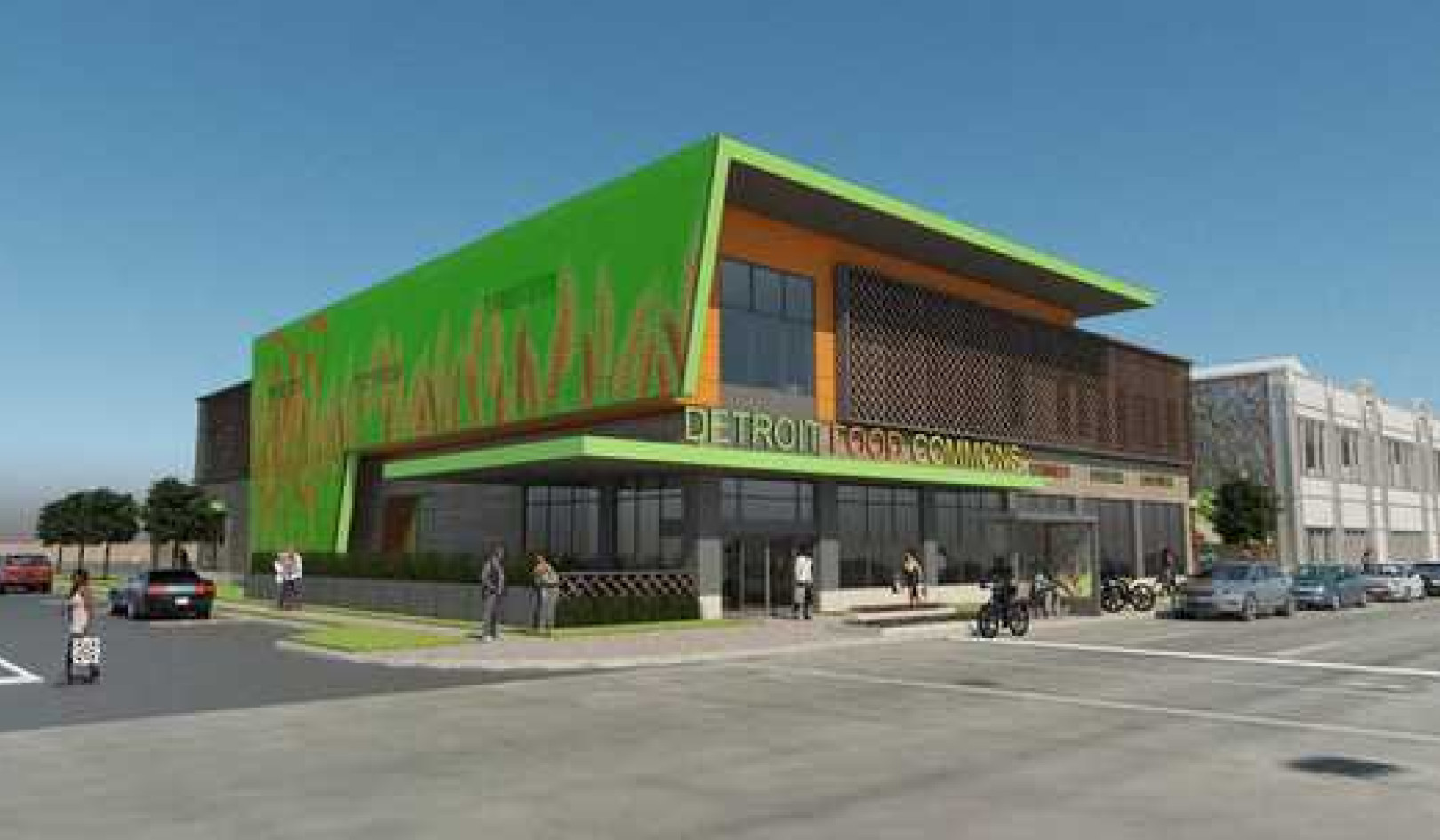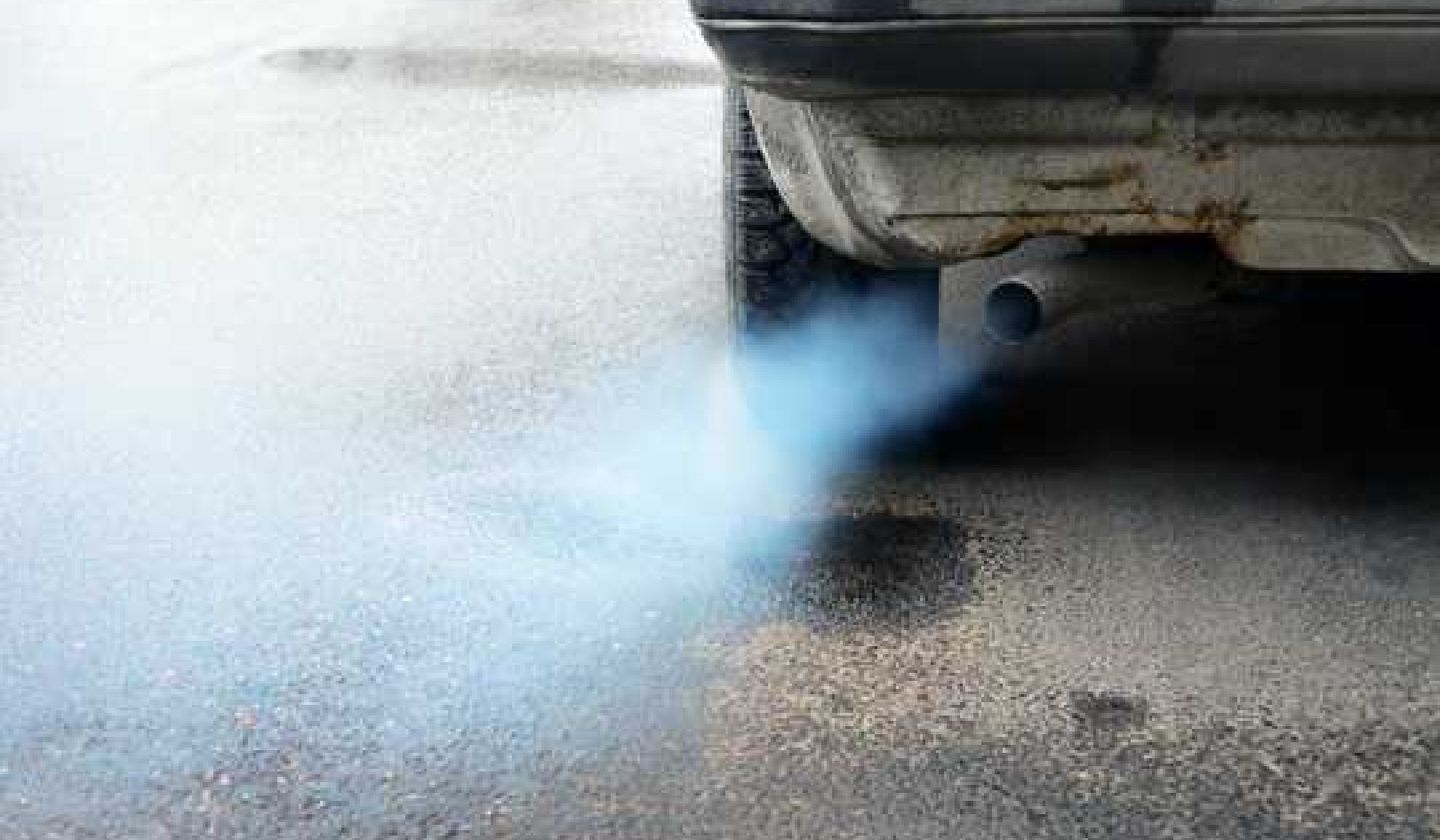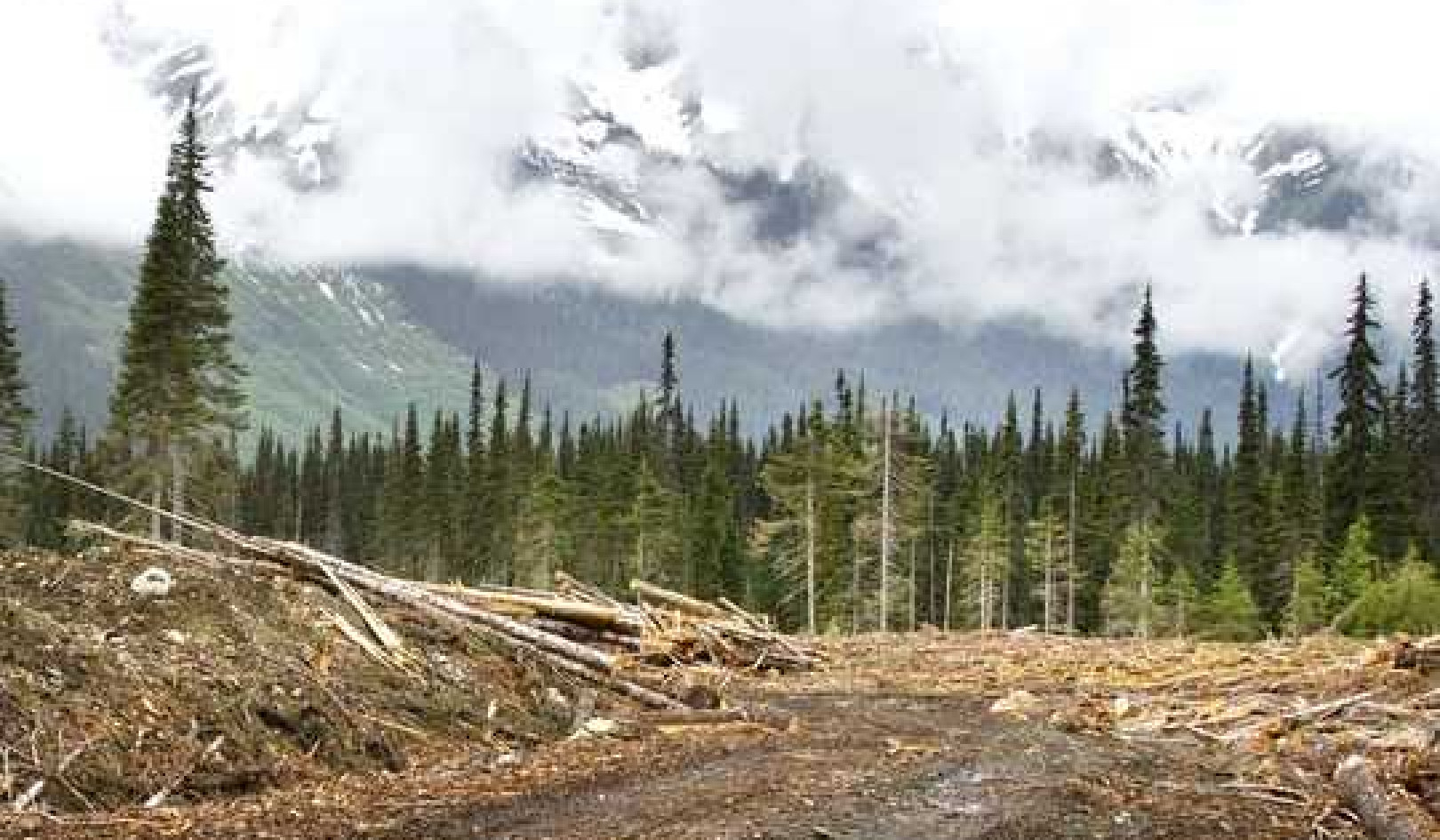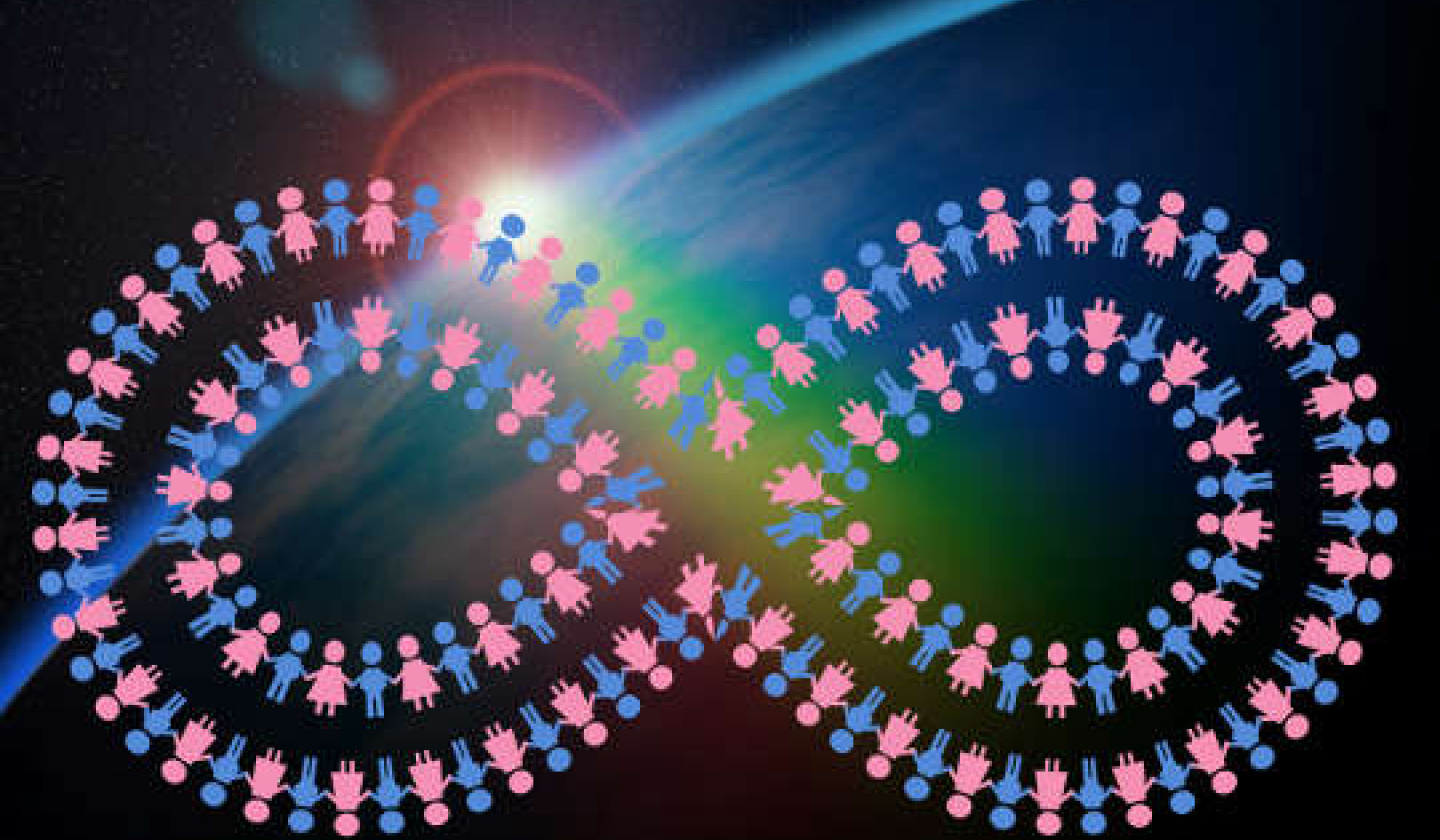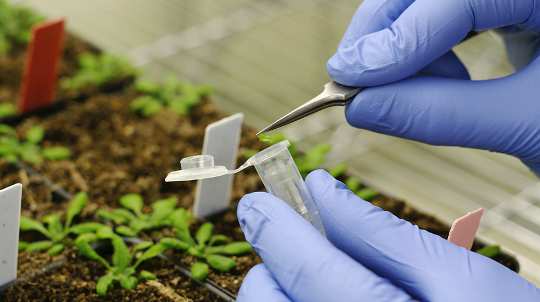
We’re talking about a lot of seeds.
One thing I remember vividly from my childhood is The Day of the Triffids. In John Wyndham’s apocalyptic novel, the triffids were carnivorous plants that didn’t need roots and had developed three legs to allow them to find prey (whose nitrogen they fed on instead). They were originally bred by humans to provide high-quality vegetable oil, since the growing population’s demand for food was outstripping supply. Initially contained on farms, the triffids escaped following an “extreme celestial event” and began to terrorise the human population.
Replace “breeding” with “genetic modification” and you have the contemporary cautionary tale about the threat of “Frankenfoods” to human health and the environment. But this raises another question – if we ignore their potential, what does it mean for human food requirements in the future?
The Day of the Triffids was first published in 1951, right at the start of the “green revolution”. The latest thing was breeding new varieties of cereal which were high-yielding. Together with other newly developed technologies including machinery – tractors and irrigation pumps – and synthetic inputs like pesticides and fertilisers, this helped double major commodity crop production between 1960 and 2000 to 2 billion tonnes worldwide, rebutting Malthusian fears about the world failing to feed its growing population.
In the last decade, the rosy glow has worn off a little. Growth in world crop yields has declined and is even stagnating, perhaps due to climate change – especially stress from heat and drought. Yields are no longer increasing fast enough to keep pace with projected demand. If current trends continue, we’ll need to expand our crop land by 42% by 2050. As a consequence, forests will be lost. Along with associated costs from requiring more water, plus the effects on biodiversity, this will increase agriculture’s greenhouse-gas emissions significantly. In total, agri-food is set to emit enough greenhouse gases to surpass the entirety of the 1.5? temperature-rise target called for in Paris for 2050.
Supply …
There are basically two options: we can increase yields to meet demand without expanding area, and/or we can reduce demand enough to allow supply to catch up. Increasing supply in a sustainable way is perfectly possible. Some of this is about increasing efficiency through better farming, such as using precision agriculture to target the right amounts of fertilisers and pesticides to the right places.
Some of it is about changing land management to get the most out of agricultural land while maintaining ecosystem services, for example by managing the edges of fields as buffer strips to prevent chemicals being washed away by heavy rains; and as places with lots of wild flowers where bees can thrive to improve crop pollination. And some of it is about developing new animal and plant varieties that are more efficient, more productive or better able to cope with the changing environment.
New varieties can come about from various means. Conventional breeding continues to be important. But modern laboratories have given us more strings to our bow. Not all biotechnological approaches are genetic modification in the legal sense. Using chemicals or X-rays to create genetic variation has long been a mainstay of “conventional breeding”, for example. Other techniques – such as CRISPR – are arguably post-GM, in that they can involve the clinical editing of single genes without leaving a signature of foreign DNA. CRISPR can produce identical plants to those produced conventionally, but much faster. Yet for some people, biotechnological crop or livestock modification conjures up “triffidophobia”.
Just how wary should we be about new technologies? Conventional breeding has served us well, but can’t keep up with demand or the speed with which the weather is changing. Any change in farming practice has associated risks that need to be assessed and managed, but these also need to be weighed against the risks of doing nothing. To increase food supply to meet projected demand, farming in the same way as we do now, the emissions from deforestation and other changes will lock us into a world of 4-5? of climate change. Together with other significant costs to the environment and human health and well-being, that’s probably a greater risk than the alternative.
It is difficult to guess how much biotechnological approaches will contribute to the solution, though. We still need to develop precision agriculture and smarter land use. And even if the gaps between current and required yields are halved – a big ask across the world – we’ll still need more land to meet demand. This would still impact on the likes of our water supply and create enough warming to challenge the Paris targets.
… or demand?
This is where the second option comes in – decreasing demand. Globally, we feed livestock about a third of all the calories we grow – enough to feed all the people in Asia. About a third of the food we grow is also lost or wasted. And across the world, many people overeat enough to make themselves ill through obesity, diabetes and so on. If we made wiser purchasing and consumption decisions, potentially we could halve current global demand for food. That would create space for sustainably feeding the growing population as well as growing biofuels and carbon storage in new forests.
For me, the message is clear. We are unsustainably using the planet’s resources to produce the food we demand, and there will be very negative results if we continue on the same trajectory. New technology can help, but needs assessed as it is developed. Old technology still has a role; as does reducing waste, over-consumption and meat-heavy diets. There is no simple answer but there is a toolbox, and we’ll need every tool at our disposal to address the challenge we created. Our technology won’t produce The Day of the Triffids, but without it, we may create a future Apocalypse Now.
Related Book:
at InnerSelf Market and Amazon



















